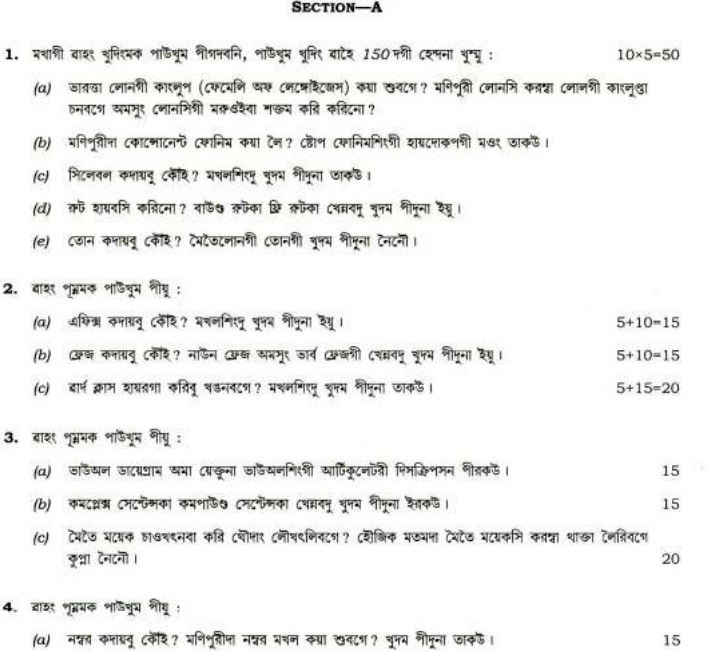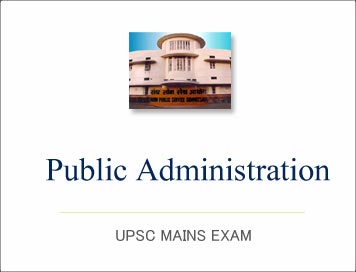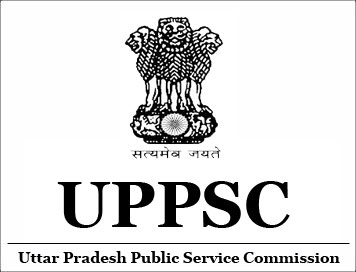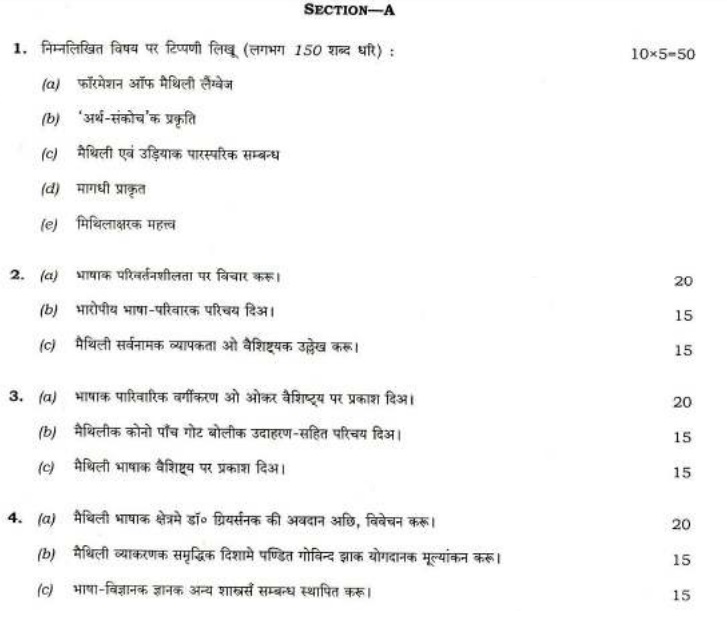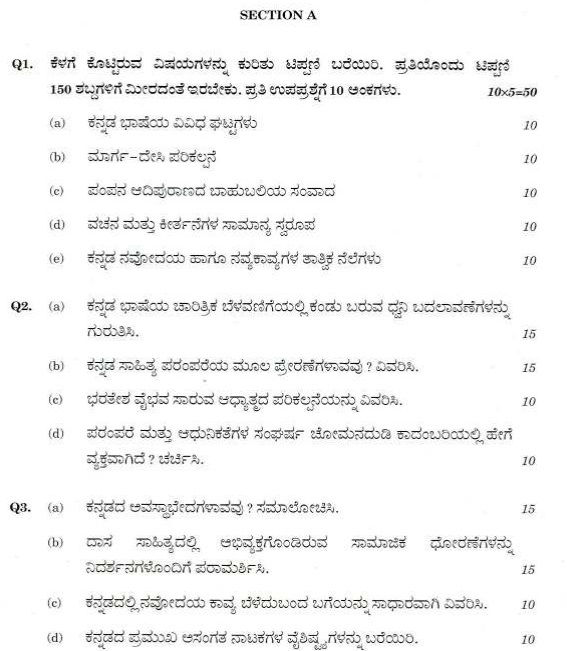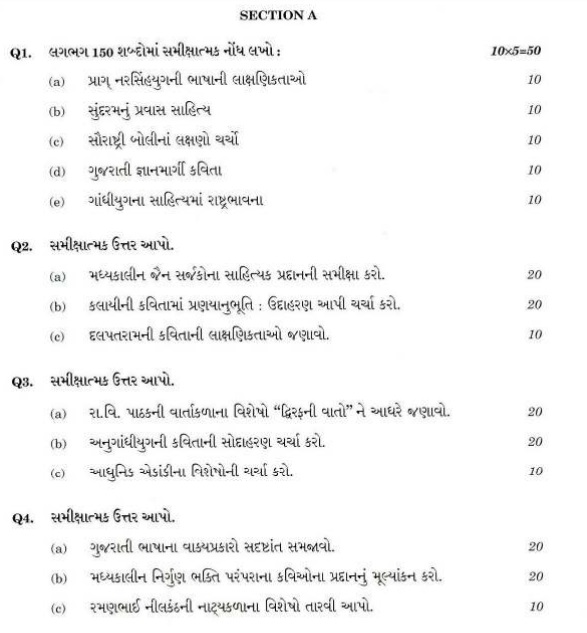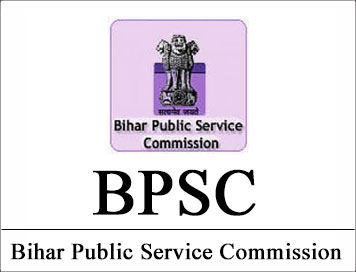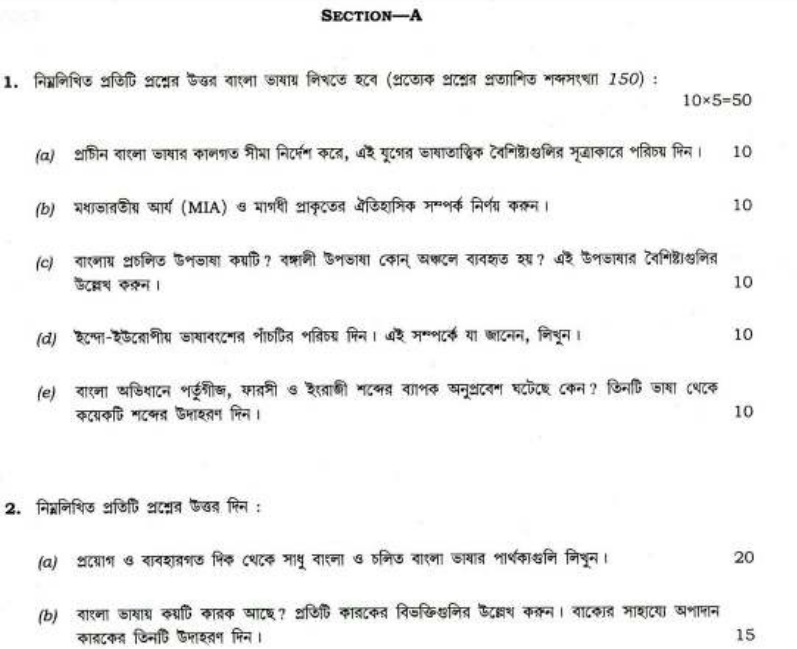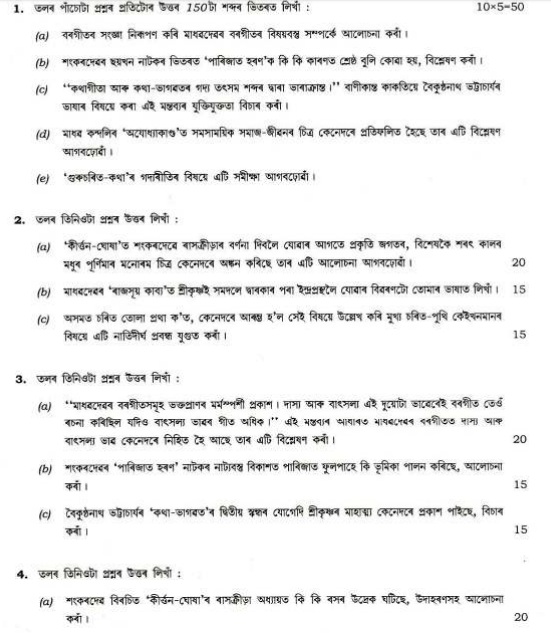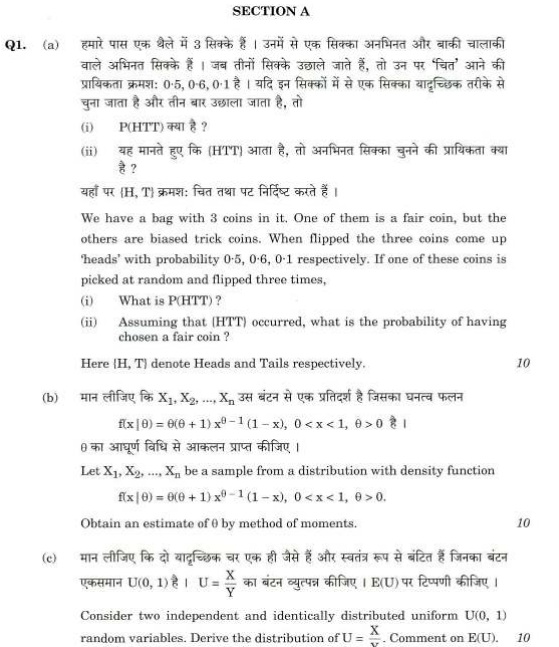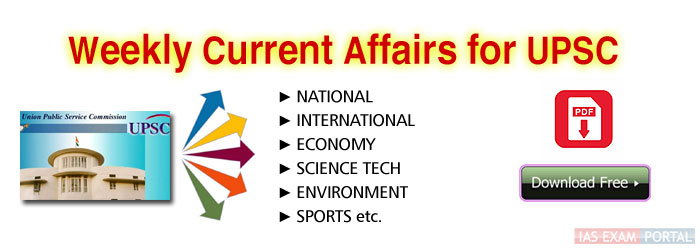(Download) संघ लोक सेवा आयोग सिविल सेवा - मुख्य परीक्षा
हिन्दी ( साहित्य ) (प्रश्न-पत्र-2)
CS (MAIN) EXAM:2018
हिन्दी ( साहित्य ) (प्रश्न-पत्र-II)
Marks: 250
निर्धारित समय : तीन घण्टे
खण्ड 'A'
1. निम्नलिखित काव्यांशों की लगभग 150 शब्दों में ऐसी व्याख्या कीजिए कि इसमें निहित काव्य-मर्म भी उद्घाटित हो सके । 10x5=50 marks
a. प्रकृति जोई जाके अंग परी । स्वान-पूँछ कोटिक जो लागै सुधि न काहू करी । जैसे काग भच्छ नहिं छोड़े जनमत जौन घरी । धोये रंग जात कहु कैसे ज्यों कारी कमरी । ज्यों अहि डसत उदर नहिं पूरत ऐसी धरनि धरी । सूर होउ सो होउ सोच नहि, तैसे हैं एउ री ।। 10 marks
b. सुन रावन ब्रह्मांड निकाया । पाई जासु बल बिरचति माया । जाके बल चिरचि हरि ईसा । पालत सृजत हात दससीसा । जा बल सीस धरत सहसासन | अंडकोस समेत गिरि कानन । धरइ जो बिबिध देह सुरत्राता । तुम्ह से सठन सिंखावनु दाता । हर कोड कठिन जेहिं भेजा । तेहि समेत नृप दल मद् गंजा ।। 10 marks
c. पावक सो नयननु लगै जाबकु लाग्यो भाल । मुकुरु होहगे नैक मैं, मुकुरु बिलोको लाल ।।। तखिन-कनङ कपोल-दुति बिच ही बीच बिकान । लाल लाल चमकति चुन चौका-चीन्ह-समान ।। 10 marks
d. उषा की पहिली लेखा कांत,माधुरी से भीगी भर मोद मदभरी जैसे उठे सलज्ज़ भोर की तारक-द्युति की गोद । 10 marks
e. अवतरित हुआ संगीत स्वयंभू जिसमें सोता है अखण्ड ब्रह्मा का मौन अशेष प्रमामय । 10 marks
Q2.(a) नीरस निर्गुण मत में कबीर ने 'ढाई आखर' जोड़ने की पहल किससे प्रेरित हो कर की और क्यों ? अपने कथन की पुष्टि कीजिए । 20 marks
(b) जायसी की सौन्दर्य-संचेतना में उनकी ऊहा शक्ति साधक रही है या वाधक ? सोदाहरण समझाइए । 15 marks
(c) “निराला कृत 'कुकुरमुत्ता' में व्यंग्य-विद्रूप के साथ भारतीय अस्मिता का जयघोष है''- युक्तियुक्त उत्तर दीजिए। 15 marks
Q3.(a) "कुरुक्षेत्र में युग प्रबुद्ध उद्विग्न मानस का जो द्वन्द्व चित्रित हुआ है, उससे उसकी प्रबन्धात्मकता भी प्रभावित हुई हैं।'' पक्षापक्ष विमर्श कीजिए । 20 marks
(b) "मुक्तिबोध रचित 'ब्रह्मराक्षस' की उपलब्धि है भयानक अंगीरस, तिलिस्मी 'वस्तु' और आवेगकल्पना-संवेदना का संगम ।" इस कथन की समीक्षा कीजिए। 15 marks
(c) 'असाध्य वीणा' के किरीटी तरु में जो ध्वनियाँ समाहित हुईं और वीणा वादन के बीच जो ध्वनियाँ अंकृत हुई उनके साम्य वैषम्य पर विचार प्रस्तुत कीजिए। 15 marks
4.(a)'सुन्दर' शब्द पर विचार करते हुए सुन्दरकांड' के वस्तु-शिल्प-सौन्दर्य की विवेचना कीजिए । 20 marks
(b)हिन्दी भ्रमरगीत-परंपरा में सूरदास कृत अमरगीत का वैशिष्ट्य निरूपित कीजिए । 15 marks
(c)'कामायनी' को 'चेतना का सुन्दर इतिहास' और 'अखिल मानव-भावों का सत्य'- शोधक काव्य क्यों कहा गया है? अपने विचार प्रस्तुत कीजिए । 15 marks


